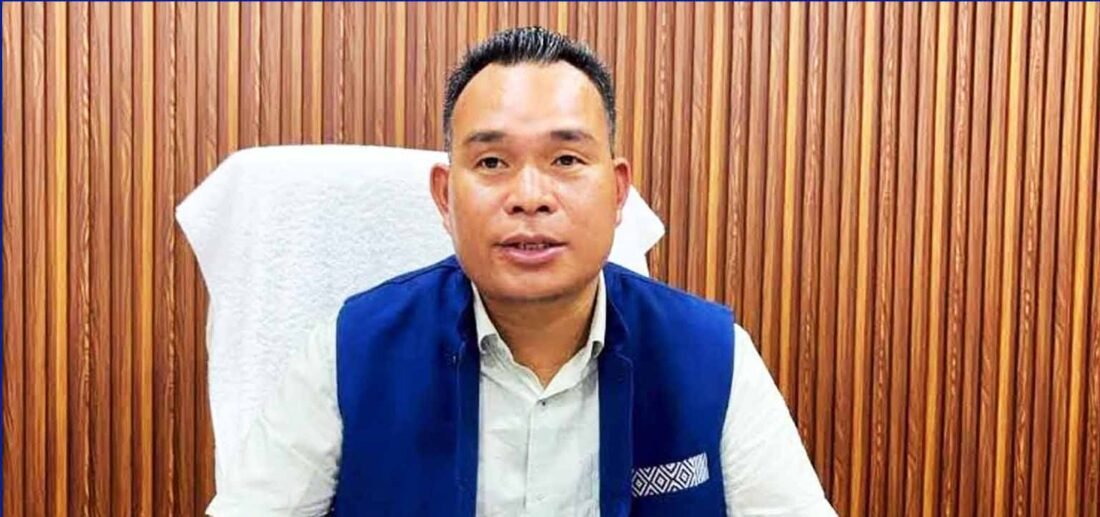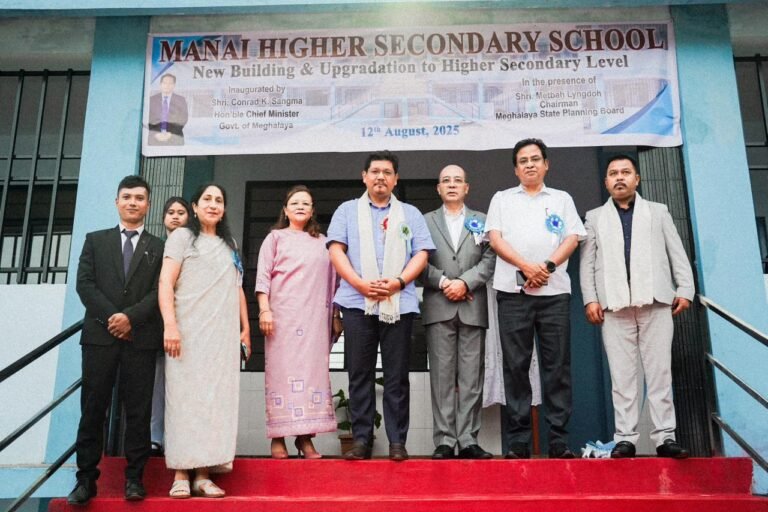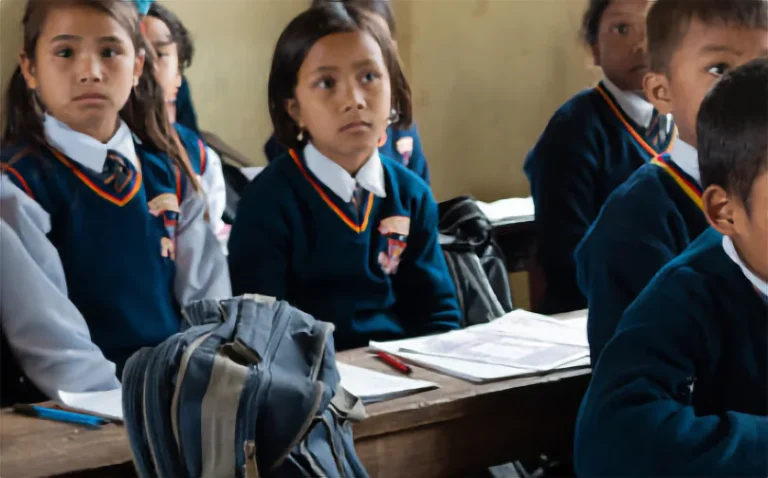Meghalaya Pushes for Grassroots-Led Overhaul of School Infrastructure

Shillong: Amid mounting concerns over the condition of government-run schools in Meghalaya, a renewed focus is being placed on local-level leadership to drive change. Education Minister Rakkam A Sangma has urged elected representatives across the state to take personal initiative in upgrading school infrastructure, highlighting that top-down approaches have not been enough to address long-standing issues.
The state continues to face significant challenges in its school education sector, particularly in rural and remote areas. Many schools lack basic facilities such as clean toilets, sturdy classrooms, drinking water, and adequate furniture. In some regions, children still attend classes in dilapidated buildings or under temporary structures, impacting learning outcomes and increasing dropout rates.
To address this, the government is calling for a more decentralized and participatory approach. Under the MLA Local Area Development Scheme, each legislator receives ₹2.5 crore annually to fund development projects in their constituency. These funds are flexible and can be directed toward school repairs, water supply, sanitation, and other community needs.
The Education Minister has stressed the potential impact if every MLA actively contributes to improving educational infrastructure. “If each elected representative takes responsibility for even a fraction of the schools in their area, we can bring about significant change,” he noted. This approach encourages collaboration beyond political divisions and emphasizes accountability at the constituency level.
Some legislators have already taken steps in this direction, channeling their development funds toward upgrading school facilities. These efforts, though limited in scale, have shown tangible results and set a precedent for others to follow.
Education reform in Meghalaya is increasingly being viewed as a collective responsibility—one that requires both government intervention and grassroots involvement. By encouraging MLAs and MPs to take ownership of education infrastructure, the state hopes to bridge the gaps that continue to hinder access to quality education.
As stakeholders at various levels engage in the effort to improve school conditions, the broader goal remains clear: to create safe, inclusive, and well-equipped learning environments for every child in Meghalaya.



